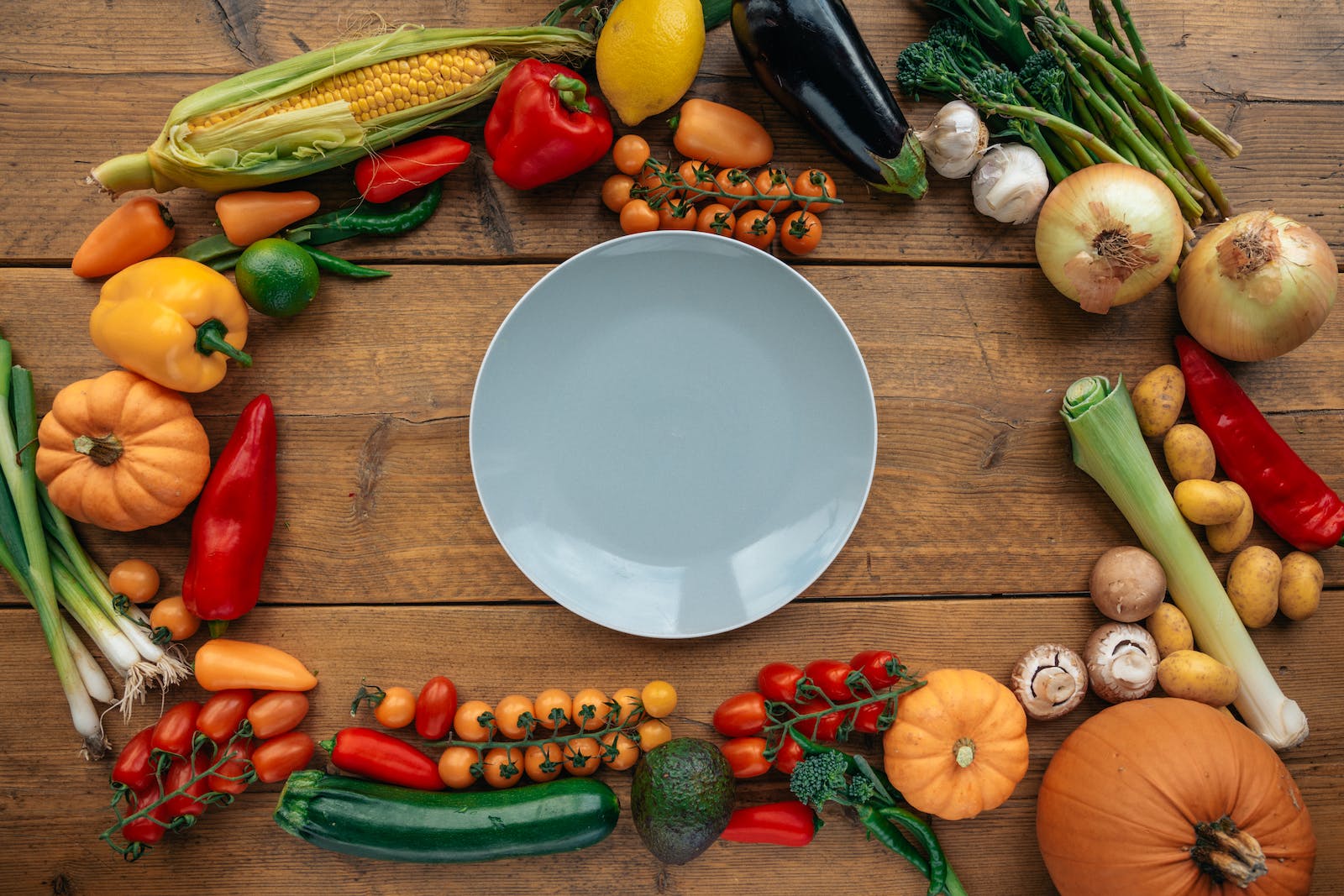
Since the beginning of time, humans have been tasked with prolonging the life of their food. Our ancestors found ways to preserve food throughout the cold months to survive. In northern regions, they preserved meat by freezing it; in southern regions, they preserved meat by drying it. Over time, we’ve perfected our ways of maintaining all sorts of foods. In this article, we have gathered the most popular methods people use to preserve their fall harvest.
Fermenting Your Food
Fermentation is a process that induces chemical changes in organic substances through the action of microorganisms and their enzymes. This method not only transforms the food’s taste and texture but also creates conditions that help preserve it.
- Use kosher salt or salt without anti-caking ingredients, as anti-caking agents will ruin the fermentation process.
- Only use filtered water because contaminates may deter proper fermentation.
- Ensure it’s fully submerged in the brine to prevent spoilage.
- Start the fermentation at room temperature; however, once the process is underway, move to a refrigerated space to slow the progression and allow it to maintain a crunchy texture when consumed.
Pickling Your Food
Pickling is a method of preserving or extending the shelf life of food by immersing it in an acidic solution, often vinegar or a naturally fermented brine.
- Prepare your vegetables by processing them in the manner best suited for what you’re pickling, whether that involves slicing, cutting, peeling, or trimming.
- Make the brine, which is just water, some pickling or kosher salt, and vinegar. You can use various kinds of vinegar. Bring this to a boil, ensuring the salt fully dissolves, and let it cool.
- Add optional spices or sweeteners such as dill, red pepper, ginger, thyme, garlic, peppercorns, salt, and sugar into your clean, prepared jars.
- Pack the vegetables into these jars without smooshing them, leaving about half an inch of space at the top.
- Pour the cool brine into the containers, just covering the vegetables.
- Tap out the air bubbles and seal the lid.
Canning Your Food
Canning is among the latest and most popular methods to preserve food. Foods that are alkaline-based require pressure canning, which is a delicate process that raises the temperature of the food higher than the boiling point to kill any pathogens that may spoil the food.
- Fill the jars with the food item you are preserving up to the bottom of the lid line, allowing some space for expansion.
- Tap out any air bubbles before closing the jar.
- Secure the lid tightly so air cannot enter or escape the container.
- Boil the filled jars for the required time based on the recipe.
Drying or Dehydrating Your Food
Removing moisture from food products helps to increase its longevity and prevents bacterial and fungal growth. From fish to beef, tomatoes, peppers, various fruits, and herbs – all have been dried since the beginning of time. Dehydration requires little to no technology; the direct hot sun will suffice, or a low-temperature oven can quickly do the job.
- Dehydrating fruits is a great way to preserve them for an extended period, intensify their flavors, and create tasty, nutrient-dense snacks. First, wash and clean, peel and core, slice, dip into ¼ cup of lemon juice and 1 quart of water for 10 minutes to prevent browning, and oven dry (140 degrees for 6-12 hours), place in a food dehydrator (135 degrees for 4-12 hours), or air dry (string on thread/wire, out of direct sunlight for several days/weeks), then pack into airtight containers.
- Clean and gut fish, fillet, salt, soak in a brine solution, lay flat on a wire rack in the sun for 3-4 days, or dry in an oven (145 degrees for 10-12 hours) or in a dehydrator. Store in a cool, airtight container.
- Select choice/lean beef (with no fat), cut into thin strips, marinate for several hours or overnight, and place on a rack in the oven (on lowest heat for 4-8 hours) or in a dehydrator. Store in a cool, airtight container.
- Hang woody herbs, like rosemary and oregano, upside down in a well-ventilated area. Soft-stemmed herbs, such as basil and parsley may lose flavor when dried, as their essential oils are fickle.
Freezing Your Food
Placing your food in a freezer helps to ensure that your perishables stay fresh for an extended period. Be alerted to carefully seal your packaging to prevent freezer burn, and be mindful that over time, the quality of your food items will deteriorate when defrosted.
- Blanching is a cooking process in which vegetables or fruits are briefly immersed in boiling (lightly salted) water, then quickly cooling (aka “shocking”) in iced water. This process helps to remove microorganisms from the surface while slightly softening the texture for pliability. It also aids in maintaining vibrant colors and flavors. Once your fruits and vegetables are blanched, which reduces the water content, it’s safe for freezing.
- Layer your fruits and vegetables to avoid clumps of watery produce.
Looking for more survival tips and how-tos? Check out our other blogs at Wolf Survival Gear for your needed information.
Wolf Survival Gear is a hub for your prepping and survival needs. We are your trusted resource for concerned families, avid hunters, or serious preppers. Please make us your one-stop shop and prepare before you need it later.
Written by the Digital Marketing Team at Creative Programs & Systems: https://www.cpsmi.com/